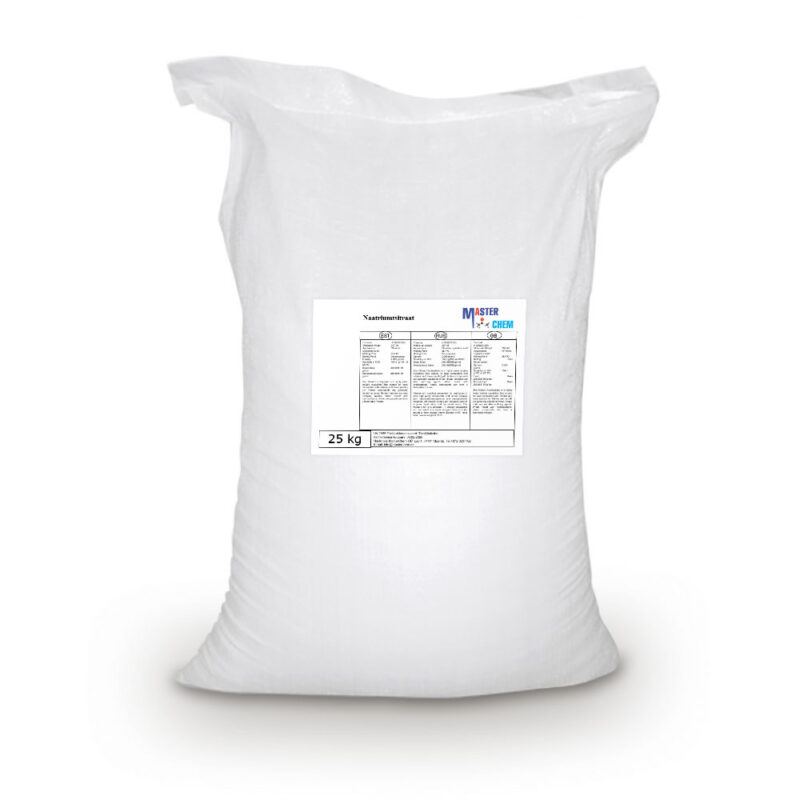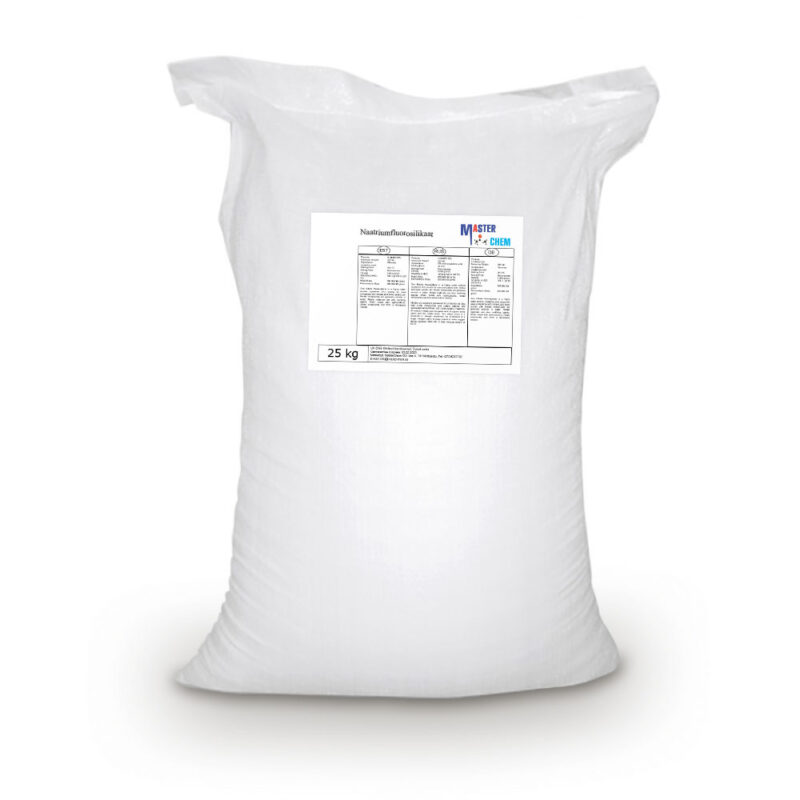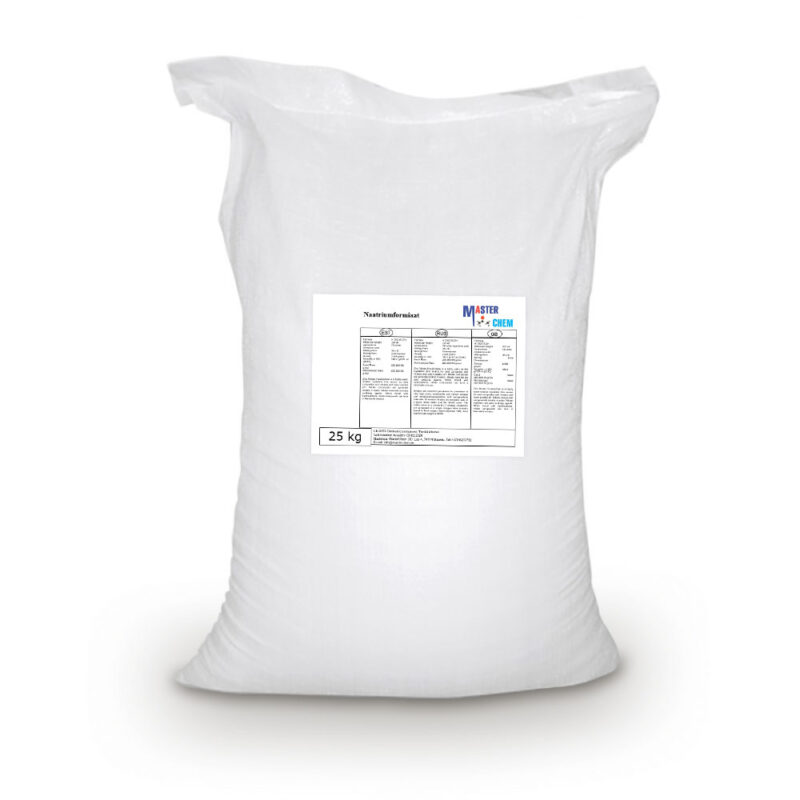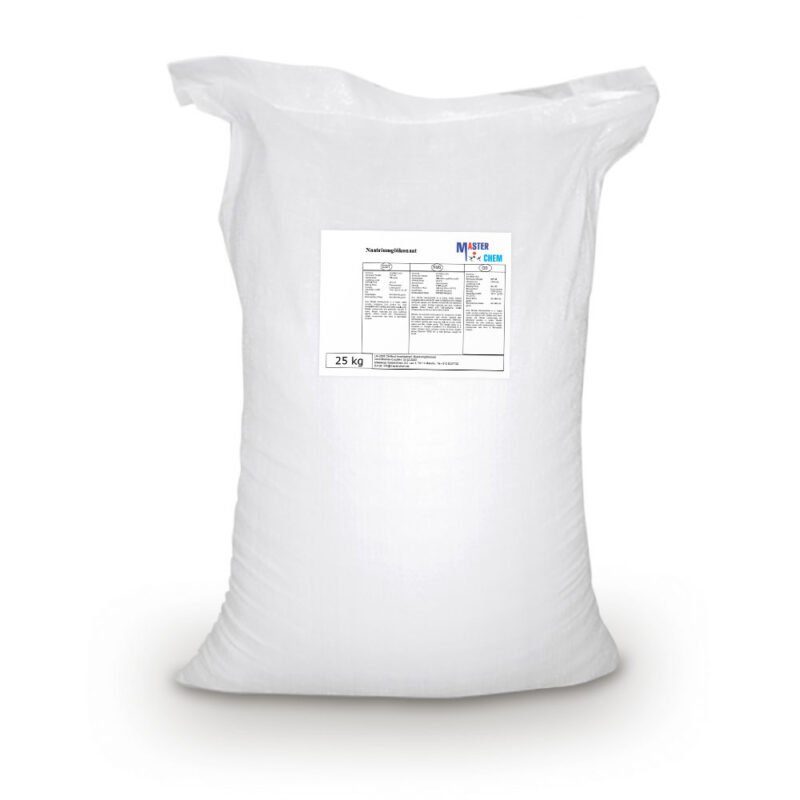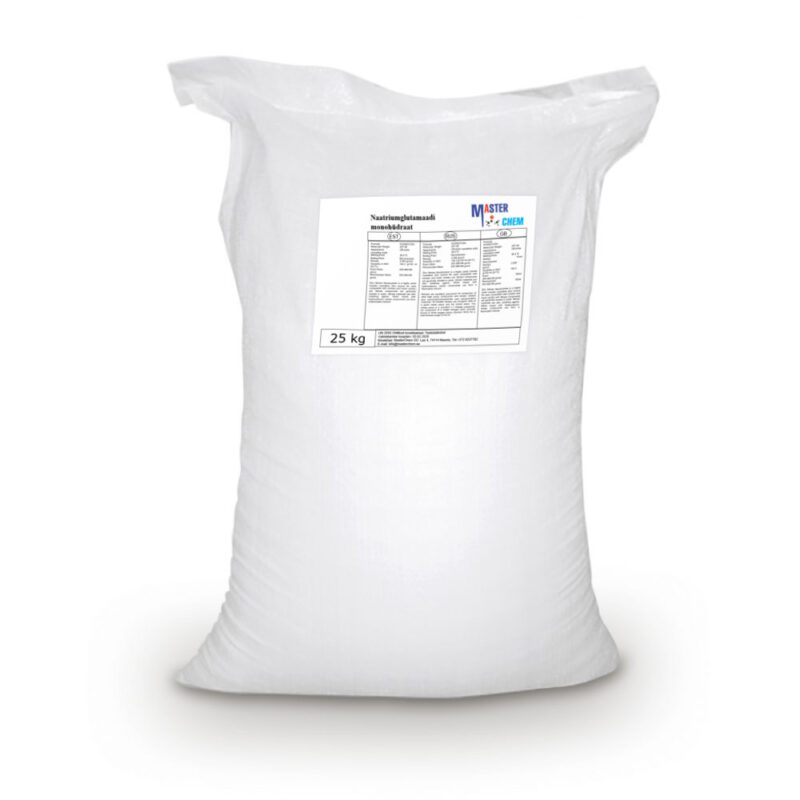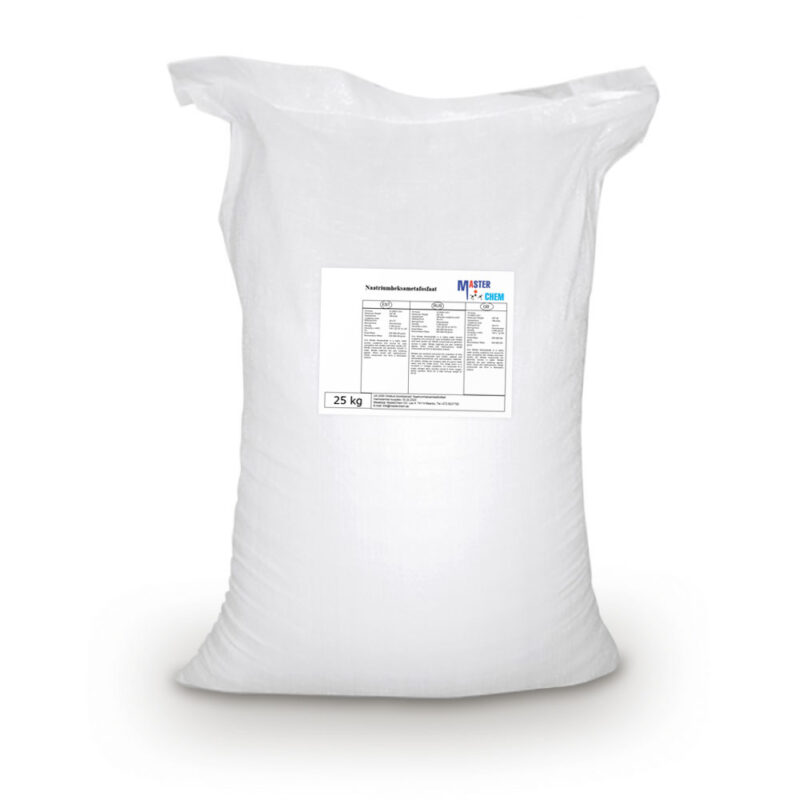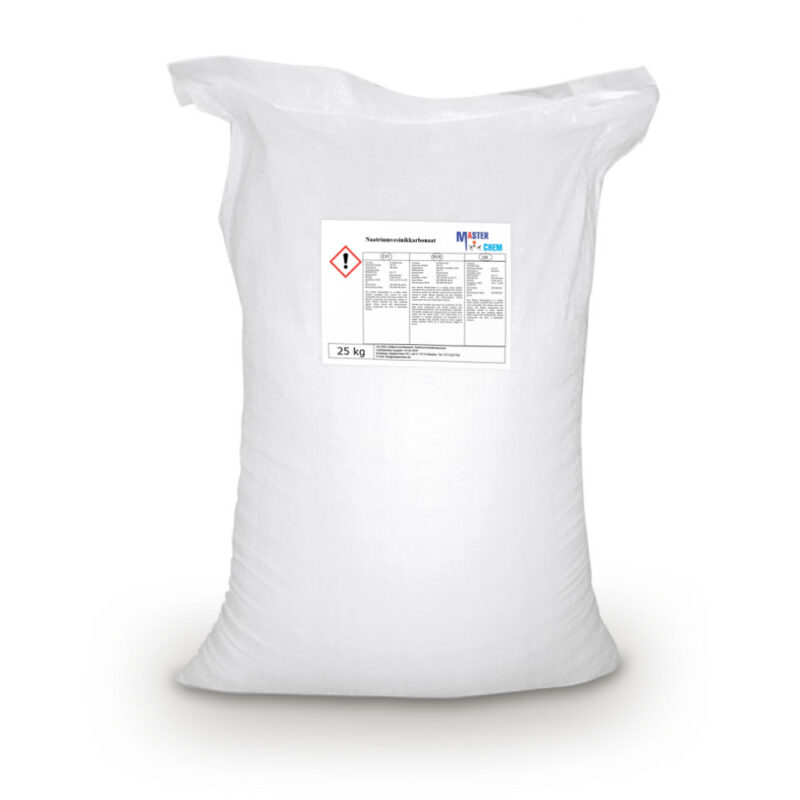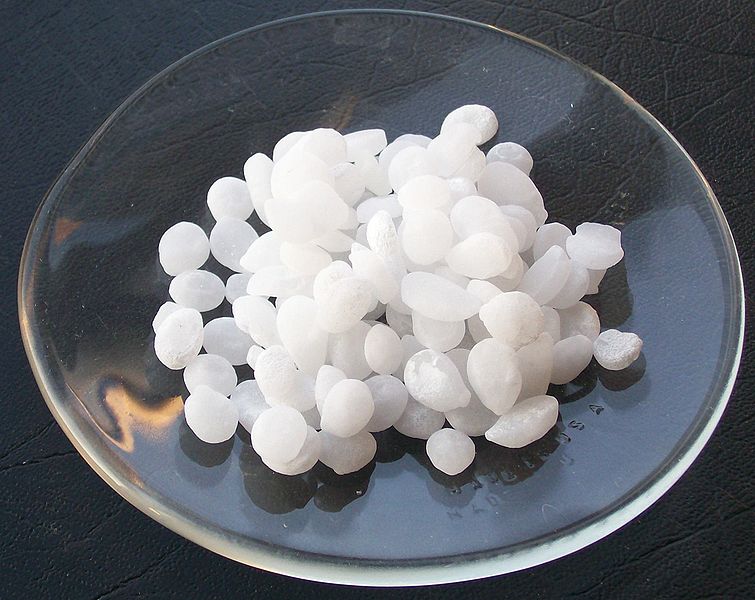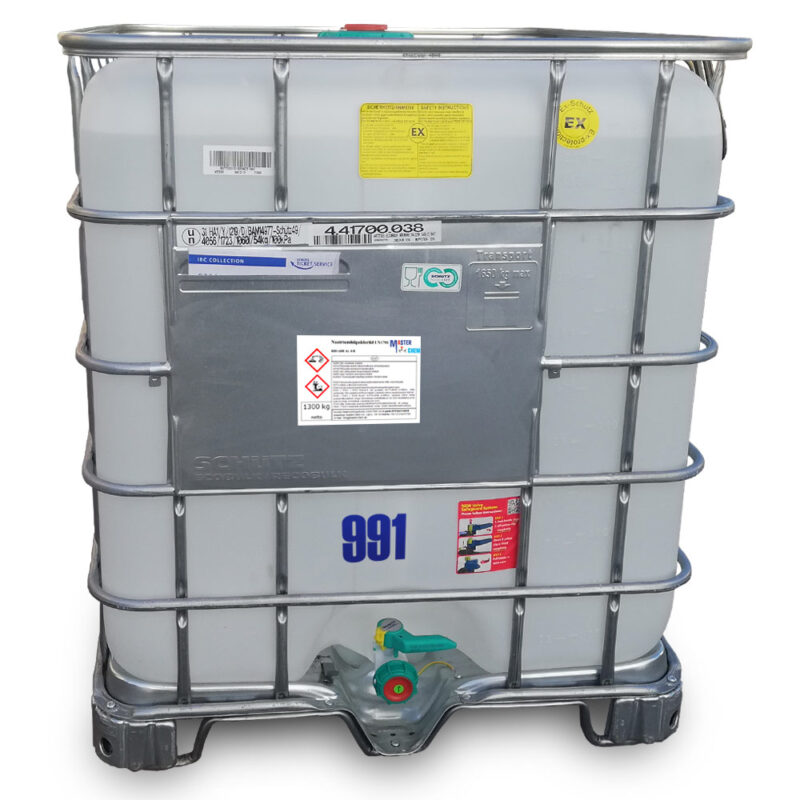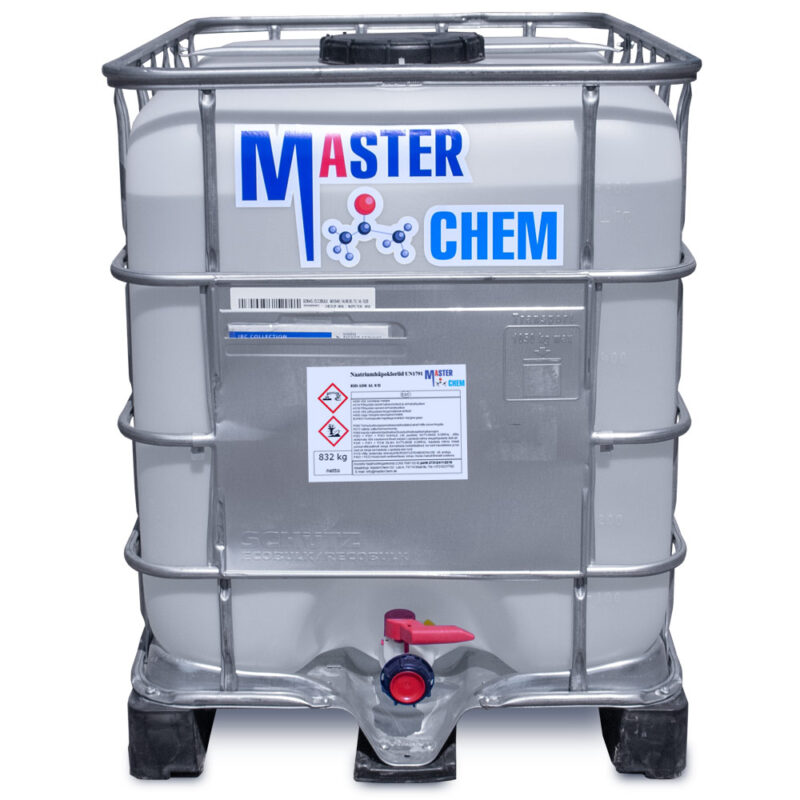Salicylic acid (CAS 69-72-7)
Salicylic acid (CAS 69-72-7)
Salicylic acid is an organic compound with the formula HOC6H4CO2H. A colorless solid, it is a precursor to and a metabolite of aspirin (acetylsalicylic acid). It is a plant hormone. The name is from Latin salix for willow tree. It is an ingredient in some anti-acne products. Salts and esters of salicylic acid are known as salicylates.
Salicylic acid is used in the production of other pharmaceuticals, including 4-aminosalicylic acid, sandulpiride, and landetimide (via salethamide).
Salicylic acid has long been a key starting material for making acetylsalicylic acid (aspirin). Aspirin (acetylsalicylic acid or ASA) is prepared by the esterification of the phenolic hydroxyl group of salicylic acid with the acetyl group from acetic anhydride or acetyl chloride.
Sebacic Acid (CAS 111-20-6)
Sebacic Acid (CAS 111-20-6)
Sebacic acid is a castor oil-derived dicarboxylic acid. It is widely used to produce polymers, plasticizers, lubricants, and corrosion retardants. It can act as a pH corrector in the cosmetic products formulations. Sebacic acid is also used as a precursor to prepare sebacate esters such as diisopropyl sebacate, diethylhexyl sebacate, and dibutyl sebacate.
Shea butter (CAS 67701-30-8)
Shea butter (CAS 67701-30-8)
Shea butter is a fat (triglyceride; mainly oleic acid and stearic acid) extracted from the nut of the African shea tree (Vitellaria paradoxa). It is ivory in color when raw and commonly dyed yellow with borututu root or palm oil. It is widely used in cosmetics as a moisturizer, salve or lotion.
hea butter is composed of five principal fatty acids: palmitic, stearic, oleic, linoleic, and arachidic (see Table below). About 85 to 90% of the fatty acid composition is stearic and oleic acids. The relative proportion of these two fatty acids affects shea butter consistency. The stearic acid gives it a solid consistency, while the oleic acid influences how soft or hard the shea butter is, depending on ambient temperature.
Silica gel (CAS 7631-86-9)
Silica gel (CAS 7631-86-9)
Silica gel is a granular, vitreous, porous form of silicon dioxide made synthetically from sodium silicate. Silica gel contains a nano-porous silica micro-structure, suspended inside a liquid. Most applications of silica gel require it to be dried, in which case it is called silica xerogel. For practical purposes, silica gel is often interchangeable with silica xerogel.
CAS: 7631-86-9
Silicone oil (CAS 63148-62-9)
Silicone oil (CAS 63148-62-9)
A silicone oil is any liquid polymerized siloxane with organic side chains. The most important member is polydimethylsiloxane. These polymers are of commercial interest because of their relatively high thermal stability and their lubricating properties.
Silicone oils are primarily used as lubricants, thermic fluid oils or hydraulic fluids. They are excellent electrical insulators and, unlike their carbon analogues, are non-flammable. Their temperature stability and good heat-transfer characteristics make them widely used in laboratories for heating baths (“oil baths”) placed on top of hotplate stirrers, as well as in freeze-dryers as refrigerants. Silicone oil is also commonly used as the working fluid in dashpots, wet-type transformers, diffusion pumps and in oil-filled heaters. Aerospace use includes the external coolant loop and radiators of the International Space Station Zvezda module, which rejects heat in the vacuum of space.
The class of silicone oils known as cyclosiloxanes has many of the same properties as other non-cyclic siloxane liquids but also has a relatively high volatility, making it useful in a number of cosmetic products such as antiperspirant.
Some silicone oils, such as simethicone, are potent anti-foaming agents due to their low surface tension. They are used in industrial applications such as distillation or fermentation, where excessive amounts of foam can be problematic. They are sometimes added to cooking oils to prevent excessive foaming during deep frying. Silicone oils used as lubricants can be inadvertent defoamers (contaminants) in processes where foam is desired, such as in the manufacture of polyurethane foam.
Silicone oil is also one of the two main ingredients in Silly Putty, along with boric acid.
Silver nitrate (CAS 7761-88-8)
Silver nitrate (CAS 7761-88-8)
Silver nitrate is an inorganic compound with chemical formula AgNO3. This salt is a versatile precursor to many other silver compounds, such as those used in photography. It is far less sensitive to light than the halides. It was once called lunar caustic because silver was called luna by ancient alchemists who associated silver with the moon. In solid silver nitrate, the silver ions are three-coordinated in a trigonal planar arrangement.
Soap
Soap
Soap is a salt of a fatty acid used in a variety of cleaning and lubricating products. In a home environment, soaps are surfactants that are commonly used for laundry, bathing and other types of housekeeping. In industrial environments, soaps are used as thickeners, components in some lubricants and precursors to catalysts.
When soap is used for cleaning, it dissolves particles and dirt, which can then be separated from the article to be cleaned. In hand washing, as a surfactant, when lathered with a little water, soap kills microorganisms by disorganizing their membrane lipid bilayers and denaturing their proteins. It also emulsifies oils, allowing them to be carried away by running water.
Sodium acetate (CAS 127-09-3)
Sodium acetate (CAS 127-09-3)
Sodium acetate, NaCH3COO, also abbreviated NaOAc, is the sodium salt of acetic acid. This colorless deliquescent salt has a wide range of uses.
Applications
Biotechnological
Sodium acetate is used as the carbon source for culturing bacteria. Sodium acetate is also useful for increasing yields of DNA isolation by ethanol precipitation.
Industrial
Sodium acetate is used in the textile industry to neutralize sulfuric acid waste streams and also as a photoresist while using aniline dyes. It is also a pickling agent in chrome tanning and helps to impede vulcanization of chloroprene in synthetic rubber production. In processing cotton for disposable cotton pads, sodium acetate is used to eliminate the buildup of static electricity.
Concrete longevity
Sodium acetate is used to mitigate water damage to concrete by acting as a concrete sealant, while also being environmentally benign and cheaper than the commonly used epoxy alternative for sealing concrete against water permeation.
Food
Sodium acetate may be added to food as a seasoning, sometimes in the form of sodium diacetate, a one-to-one complex of sodium acetate and acetic acid, given the E-number E262. It is often used to give potato chips a salt and vinegar flavour, and may be used as a substitute for vinegar itself on potato chips as it doesn’t add moisture to the final product. Sodium acetate (anhydrous) is widely used as a shelf-life extending agent, pH control agent It is safe to eat at low concentration.
Sodium benzoate (CAS 532-32-1)
Sodium benzoate (CAS 532-32-1)
Sodium benzoate is the sodium salt of benzoic acid, widely used as a food preservative and pickling agent. A white crystaline chemical with the formula C6H5COONa, it has an E number of E211. It can be produced by reacting sodium hydroxide with benzoic acid.
Sodium benzoate is produced by the neutralization of benzoic acid, which is itself produced commercially by partial oxidation of toluene with oxygen.
Many foods are natural sources of benzoic acid, its salts (such as sodium benzoate), and its esters. Fruits and vegetables can be rich sources, particularly berries such as cranberry and bilberry. Other sources include seafood, such as prawns, and dairy products.
Sodium bisulhite (CAS 7631-90-5)
Sodium bisulhite (CAS 7631-90-5)
Sodium bisulfite solution is a variously colored liquid at room temperature. It is used in waste water treatment, in the pulp and paper industry, in the photographic industry and in various other industries as a bleach or dechlorinator. It can also be used to treat flue gases to remove sulfur trioxide (SO3).
Sodium butyrate (CAS 156-54-7)
Sodium butyrate (CAS 156-54-7)
Sodium butyrate is a compound with formula Na(C3H7COO). It is the sodium salt of butyric acid. It has various effects on cultured mammalian cells including inhibition of proliferation, induction of differentiation and induction or repression of gene expression. As such, it can be used in lab to bring about any of these effects. Specifically, butyrate treatment of cells results in histone hyperacetylation, and butyrate itself inhibits class I histone deacetylase (HDAC) activity, specifically HDAC1, HDAC2, HDAC3, and butyrate can be used in determining histone deacetylene in chromatin structure and function. Inhibition of HDAC activity is estimated to affect the expression of only 2% of mammalian genes.
In the lab, sodium butyrate is usually found as a white, water-soluble, crystalline solid. The chemical is notable for having a very strong, unpleasant smell that lingers. When working with sodium butyrate, gloves, eye protection and respiratory masks are advised for safety purposes.
Sodium carbonate (CAS 497-19-8)
Sodium carbonate (CAS 497-19-8)
Sodium carbonate (CAS 497-19-8)
Sodium carbonate, Na2CO3·10H2O, (also known as washing soda, soda ash and soda crystals) is the inorganic compound with the formula Na2CO3 and its various hydrates. All forms are white, odourless, water-soluble salts that yield moderately alkaline solutions in water. Historically, it was extracted from the ashes of plants growing in sodium-rich soils. Because the ashes of these sodium-rich plants were noticeably different from ashes of wood (once used to produce potash), sodium carbonate became known as “soda ash.” It is produced in large quantities from sodium chloride and limestone by the Solvay process.
Sodium Carboxymethylcellulose (CAS 9000-11-7)
Sodium Carboxymethylcellulose (CAS 9000-11-7)
Carboxymethyl cellulose (CMC) or cellulose gum is a cellulose derivative with carboxymethyl groups (-CH2-COOH) bound to some of the hydroxyl groups of the glucopyranose monomers that make up the cellulose backbone. It is often used as its sodium salt, sodium carboxymethyl cellulose. It used to be marketed under the name Tylose, a registered trademark of SE Tylose.
CMC is used in food under the E number E466 or E469 (when it is enzymatically hydrolyzed) as a viscosity modifier or thickener, and to stabilize emulsions in various products including ice cream. It is also a constituent of many non-food products, such as toothpaste, laxatives, diet pills, water-based paints, detergents, textile sizing, reusable heat packs, and various paper products. It is used primarily because it has high viscosity, is nontoxic, and is generally considered to be hypoallergenic as the major source fiber is either softwood pulp or cotton linter. CMC is used extensively in gluten free and reduced fat food products. In laundry detergents, it is used as a soil suspension polymer designed to deposit onto cotton and other cellulosic fabrics, creating a negatively charged barrier to soils in the wash solution. In ophthalmology, CMC is used as a lubricant in artificial tears to treat dry eyes. Extensive treatment may be required to treat severe dry eye syndrome or Meibomian gland dysfunction (MGD).
CMC is also used as a thickening agent, for example, in the oil-drilling industry as an ingredient of drilling mud, where it acts as a viscosity modifier and water retention agent. Sodium CMC(Na CMC) for example, is used as a negative control agent for alopecia in rabbits.
Knitted fabric made of cellulose (e.g. cotton or viscose rayon) may be converted into CMC and used in various medical applications.
Sodium chloride [rock salt] (CAS 7647-14-5)
Sodium chloride [rock salt] (CAS 7647-14-5)
Sodium chloride /ˌsoʊdiəm ˈklɔːraɪd/, commonly known as salt (although sea salt also contains other chemical salts), is an ionic compound with the chemical formula NaCl, representing a 1:1 ratio of sodium and chloride ions. With molar masses of 22.99 and 35.45 g/mol respectively, 100 g of NaCl contains 39.34 g Na and 60.66 g Cl. Sodium chloride is the salt most responsible for the salinity of seawater and of the extracellular fluid of many multicellular organisms. In its edible form of table salt, it is commonly used as a condiment and food preservative. Large quantities of sodium chloride are used in many industrial processes, and it is a major source of sodium and chlorine compounds used as feedstocks for further chemical syntheses. A second major application of sodium chloride is de-icing of roadways in sub-freezing weather.
Sodium chloride [salt tablets] (CAS 7647-14-5)
Sodium chloride [salt tablets] (CAS 7647-14-5)
Sodium chloride [salt tablets] (CAS 7647-14-5)
Sodium chloride /ˌsoʊdiəm ˈklɔːraɪd/, commonly known as salt (although sea salt also contains other chemical salts), is an ionic compound with the chemical formula NaCl, representing a 1:1 ratio of sodium and chloride ions. With molar masses of 22.99 and 35.45 g/mol respectively, 100 g of NaCl contains 39.34 g Na and 60.66 g Cl. Sodium chloride is the salt most responsible for the salinity of seawater and of the extracellular fluid of many multicellular organisms. In its edible form of table salt, it is commonly used as a condiment and food preservative. Large quantities of sodium chloride are used in many industrial processes, and it is a major source of sodium and chlorine compounds used as feedstocks for further chemical syntheses. A second major application of sodium chloride is de-icing of roadways in sub-freezing weather.
Sodium Citrate (CAS 6132-04-3)
Sodium Citrate (CAS 6132-04-3)
Sodium citrates are used as acidity regulators in food and drinks, and also as emulsifiers for oils. They enable cheeses to melt without becoming greasy. It reduces the acidity of food as well.
Sodium citrate is used to prevent donated blood from clotting in storage. It is also used in a laboratory, before an operation, to determine whether a person’s blood is too thick and might cause a blood clot, or if the blood is too thin to safely operate. Sodium citrate is used in medical contexts as an alkalinizing agent in place of sodium bicarbonate, to neutralize excess acid in the blood and urine. It has applications for the treatment of metabolic acidosis and chronic kidney disease.
Sodium Fluorosilicate (CAS 16893-85-9)
Sodium Fluorosilicate (CAS 16893-85-9)
Sodium fluorosilicate is a compound with the chemical formula Na2[SiF6].
It is used in some countries as additives for water fluoridation, opal glass raw material, ore refining, or other fluoride chemical (like sodium fluoride, magnesium silicofluoride, cryolite, aluminum fluoride) production.
Sodium formate (CAS 141-53-7)
Sodium formate (CAS 141-53-7)
Sodium formate, HCOONa, is the sodium salt of formic acid, HCOOH. It usually appears as a white deliquescent powder.
Sodium formate is used in several fabric dyeing and printing processes. It is also used as a buffering agent for strong mineral acids to increase their pH, as a food additive (E237), and as a de-icing agent.
In structural biology, sodium formate can be used as a cryoprotectant for X-ray diffraction experiments on protein crystals, which are typically conducted at a temperature of 100 K to reduce the effects of radiation damage.
Sodium Gluconate (CAS 527-07-1)
Sodium Gluconate (CAS 527-07-1)
Sodium gluconate is a compound with formula NaC6H11O7. It is the sodium salt of gluconic acid. Its E number is E576. Sodium gluconate is widely used in textile dyeing, printing and metal surface water treatment. It is also used as a chelating agent, a steel surface cleaning agent, a cleaning agent for glass bottles, and as a chelating agent for cement, plating and alumina dyeing industries. It is a white powder that is very soluble in water.
Sodium Glutamate Monohydrate (CAS 142-47-2)
Sodium Glutamate Monohydrate (CAS 142-47-2)
L-(+)sodium glutamate (monosodium L-glutamate, MSG) has a unique taste, known as “umami”, which is different from the four basic tastes of sweet, salty, sour, and bitter.
MSG is used in large quantities as a flavor enhancer throughout the world. MSG is not a direct taste enhancer but a complex flavor enhancer for gravies, meats, poultry, sauces, and in other combinations. MSG is also used to enhance the taste of tobacco and to treat hepatic coma. As a salt of amino acid, MSG is also safe in practices of use and concentration in cosmetics, such as skin care products.
Sodium hexametaphosphate (CAS 10124-56-8)
Sodium hexametaphosphate (CAS 10124-56-8)
Sodium hexametaphosphate (SHMP) is a salt of composition Na6[(PO3)6]. Sodium hexametaphosphate of commerce is typically a mixture of metaphosphates (empirical formula: NaPO3), of which the hexamer is one, and is usually the compound referred to by this name. Such a mixture is more correctly termed sodium polymetaphosphate. They are white solids that dissolve in water.
Sodium hydrocarbonate (Baking Soda) (CAS 144-55-8)
Sodium hydrocarbonate (Baking Soda) (CAS 144-55-8)
Sodium hydrocarbonate (Baking Soda) (CAS 144-55-8)
Sodium bicarbonate (IUPAC name: sodium hydrogen carbonate), commonly known as baking soda or bicarbonate of soda, is a chemical compound with the formula NaHCO3. It is a salt composed of a sodium cation (Na+) and a bicarbonate anion (HCO3−). Sodium bicarbonate is a white solid that is crystalline, but often appears as a fine powder. It has a slightly salty, alkaline taste resembling that of washing soda (sodium carbonate). The natural mineral form is nahcolite. It is a component of the mineral natron and is found dissolved in many mineral springs.
Sodium hydroxide (CAS 1310-73-2)
Molecular formula of sodium hydroxide: NaOH
INDEX: 011-002-00-6
CAS: 1310-73-2
EC: 215-185-5
Sodium hypochlorite 12 – 15% (CAS 7681-52-9)
Disinfection from COVID-19 should be done with 0.1-0.5% sodium hypochloride solution (WHO and Health Department recommendation)

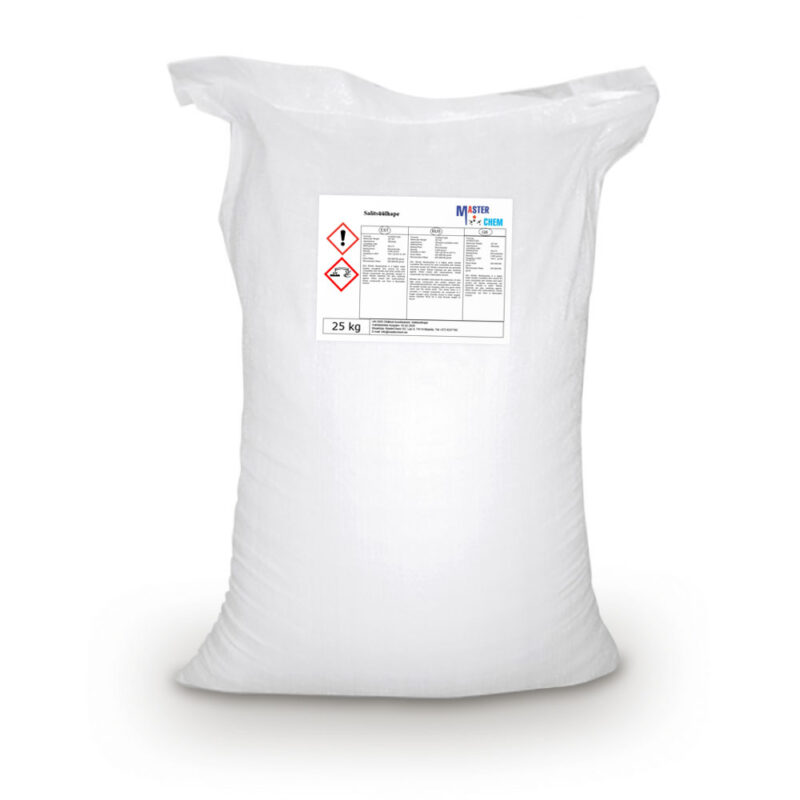
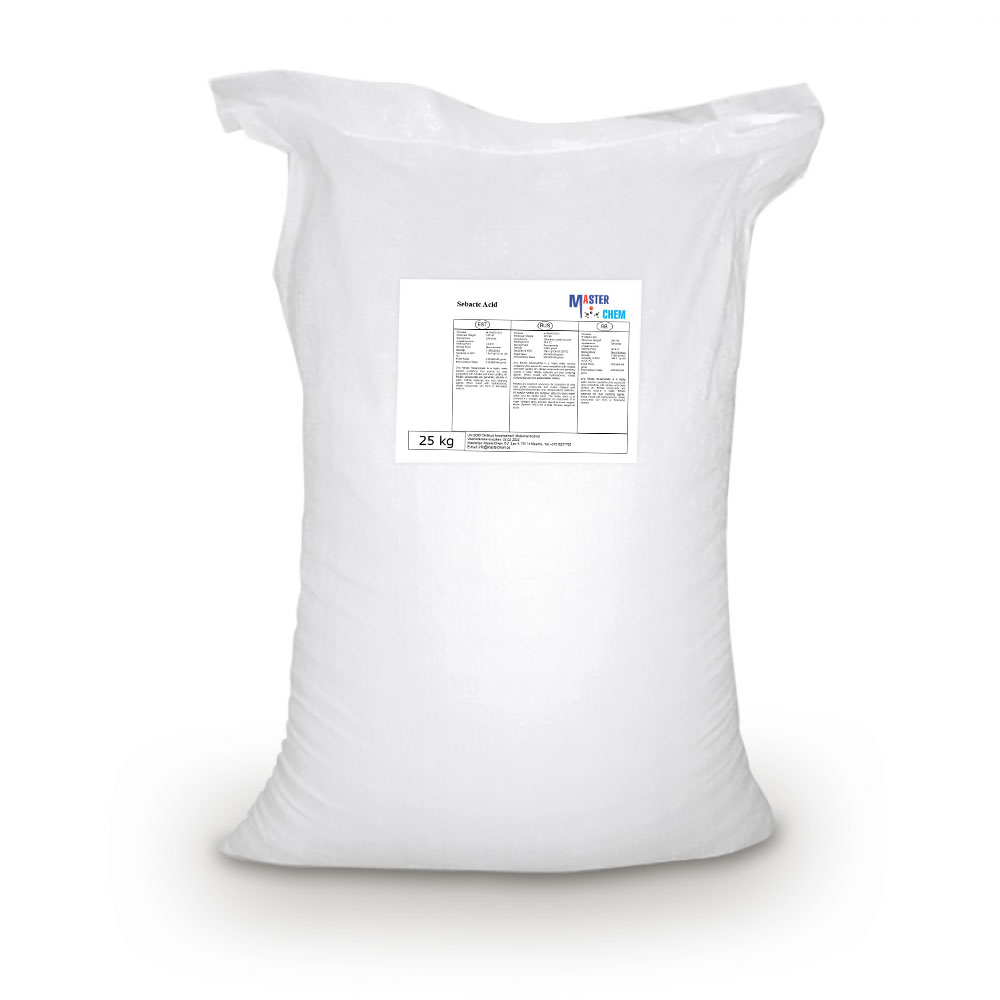
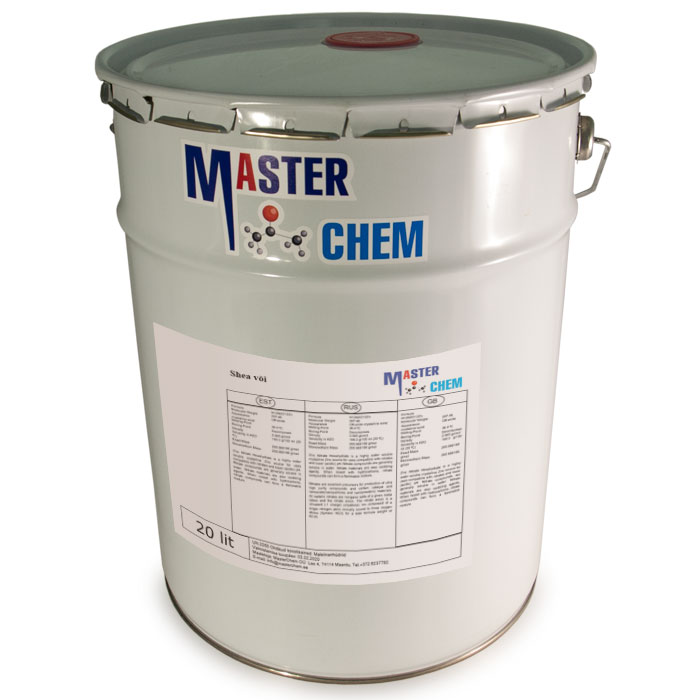
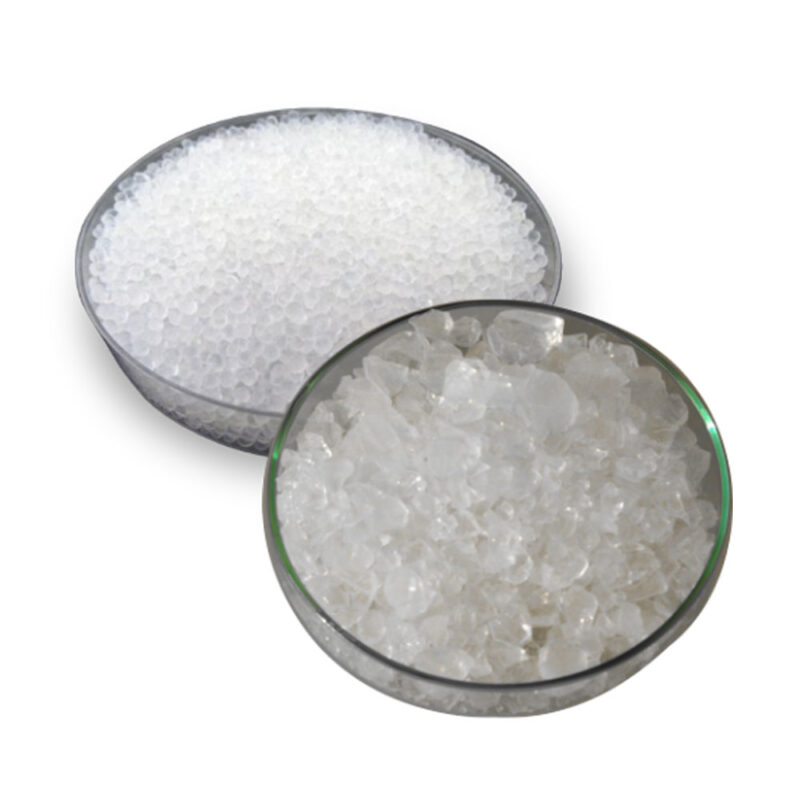
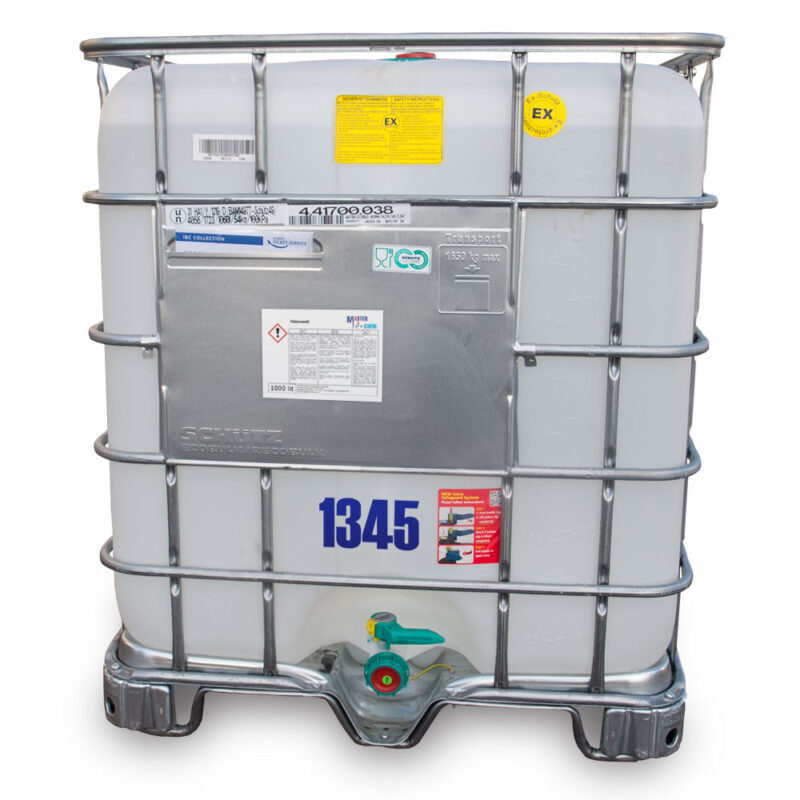

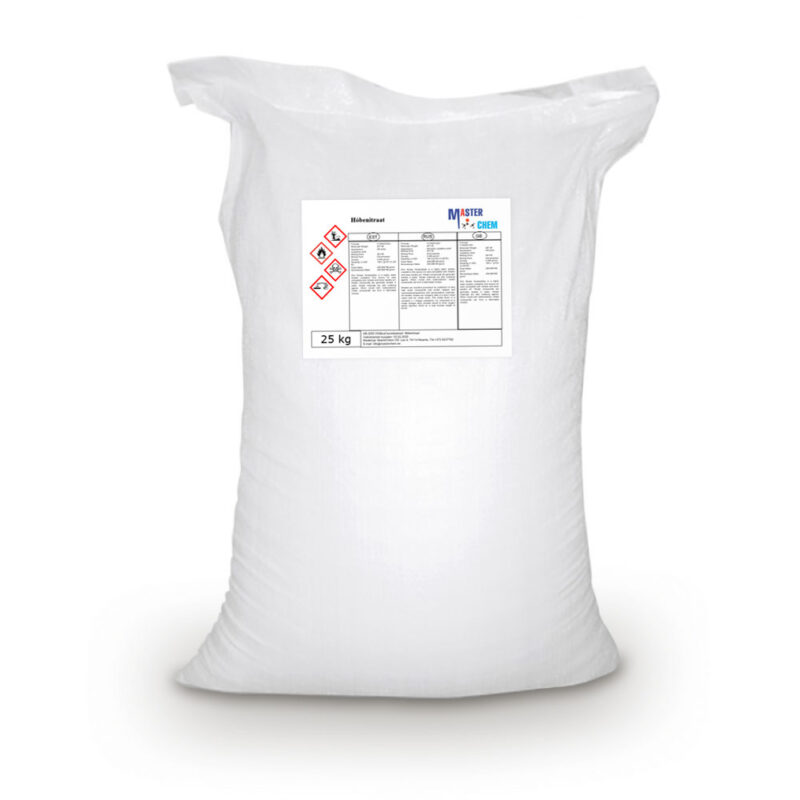
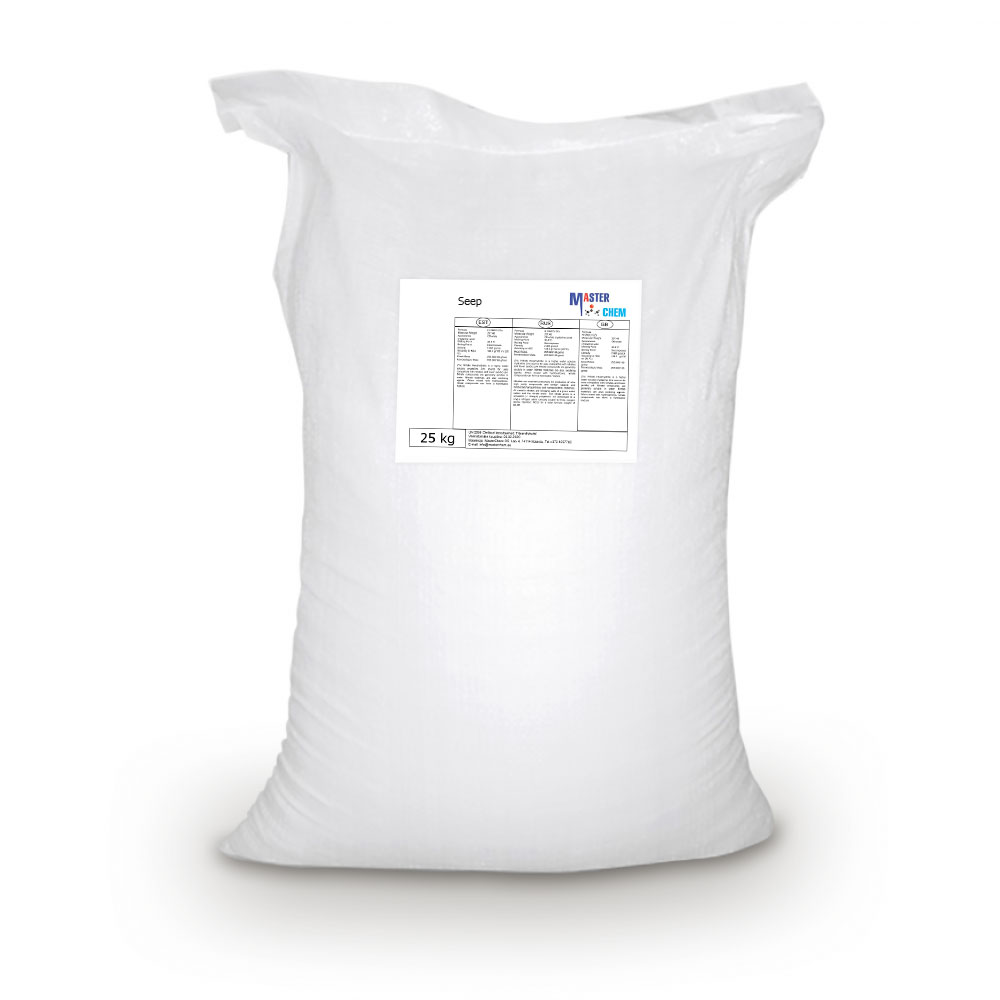
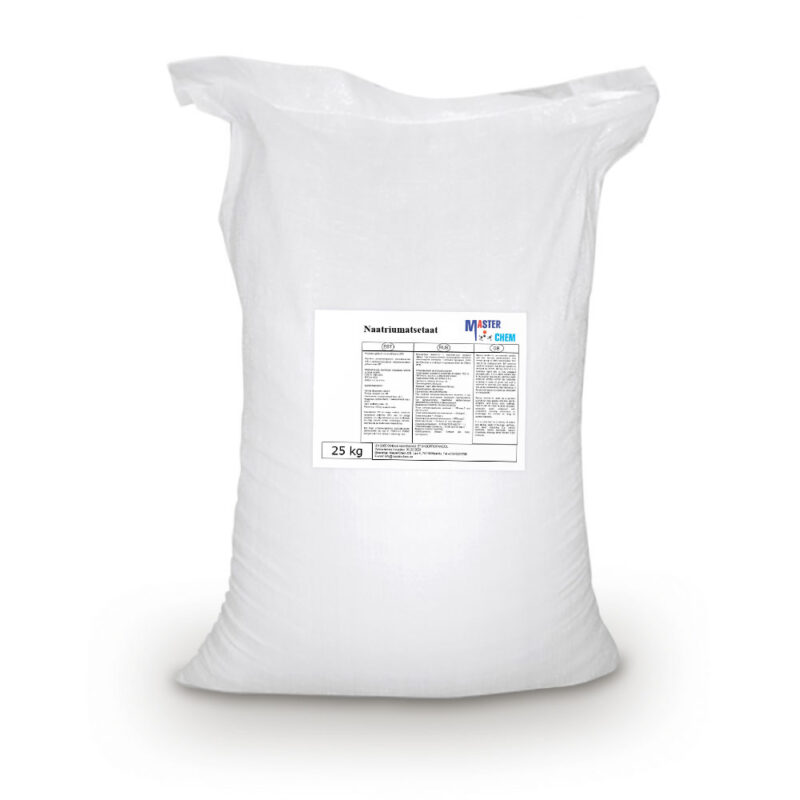


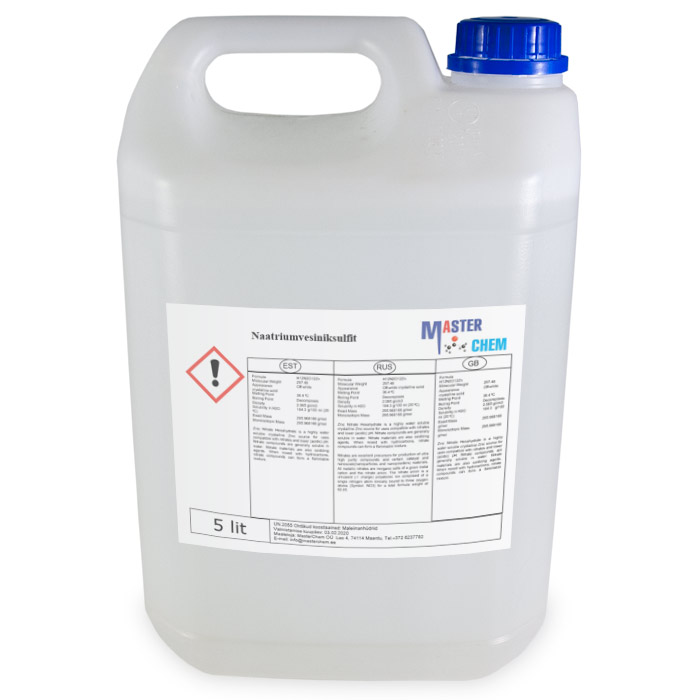
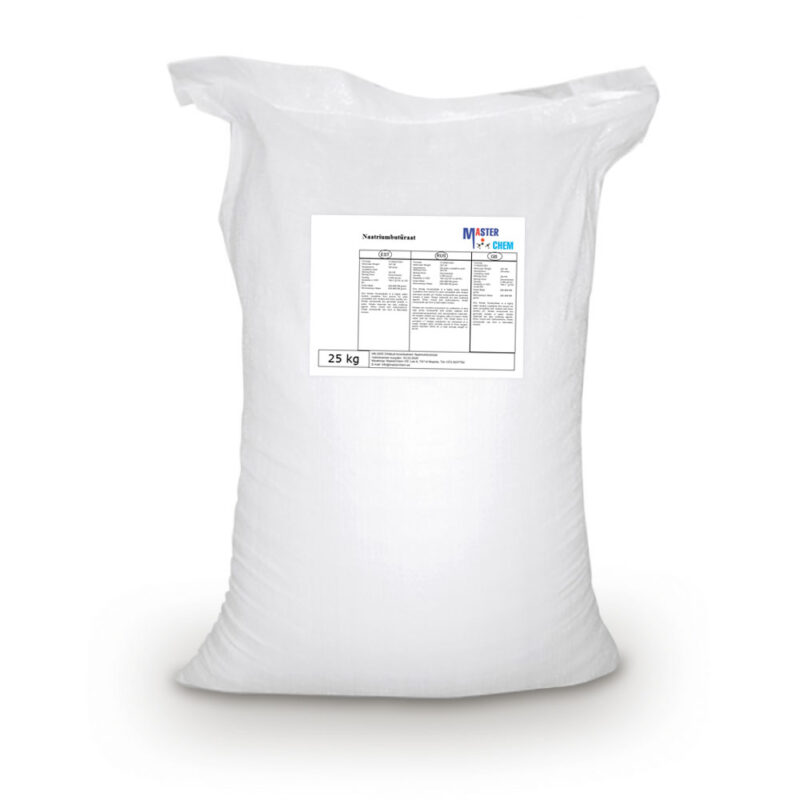
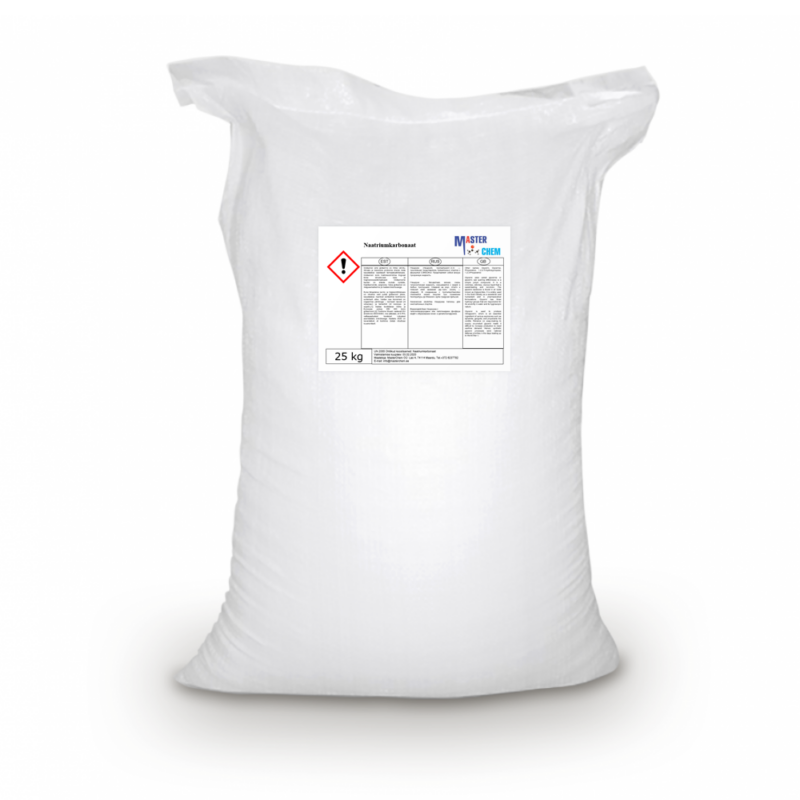
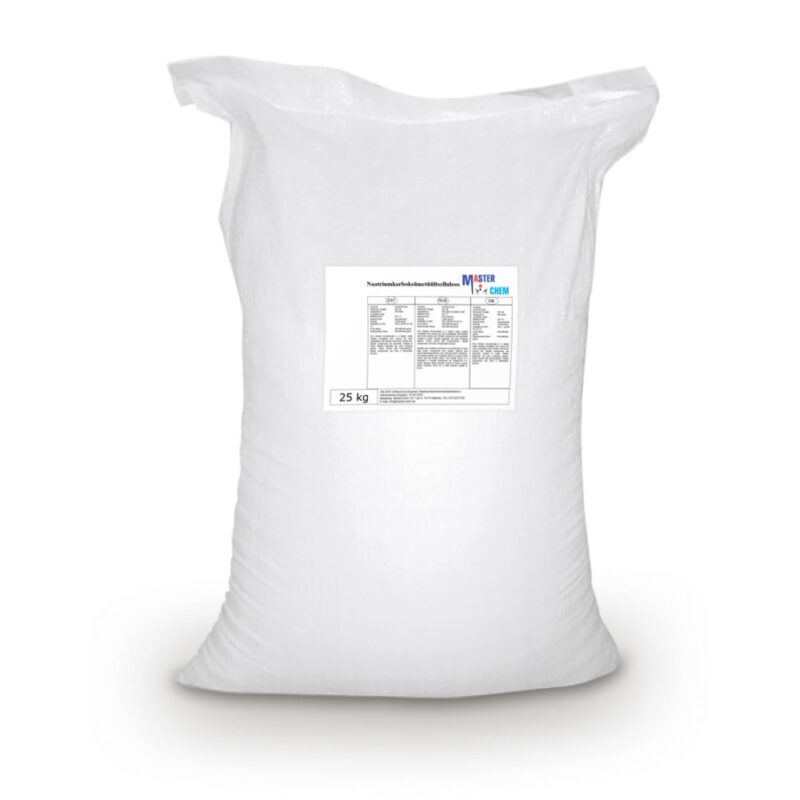
![Sodium chloride [rock salt] (CAS 7647-14-5) 25kg MasterChem](https://masterchem.fi/wp-content/uploads/2022/04/Naatriumkloriid-25kg-MasterChem-800x800.jpg)
![Sodium chloride [salt tablets] (CAS 7647-14-5) 25kg MasterChem](https://masterchem.fi/wp-content/uploads/2022/05/Naatriumkloriid-25kg-MasterChem-800x800.jpg)
